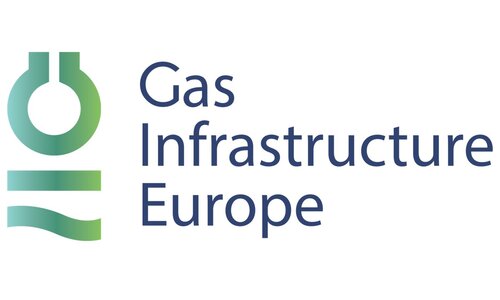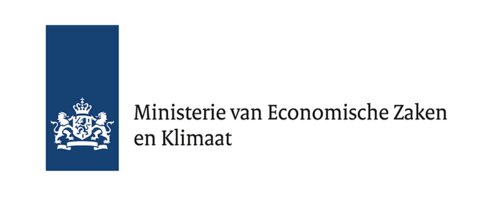In its early stages, the energy transition consisted of individual actors moving in parallel to accelerate renewable energy, investments in infrastructure, and energy efficiency in separate sectors. As the energy transition picks up steam, all of these parallel activities start to impact each other. Meanwhile, an ever greater need exists to ensure security of supply, maximise societal benefits and retain public support during the transition. This creates a need to analyse and coordinate the transition from a total system perspective. Energy system optimisation brings actors together to create optimal solutions and synergies. This allows us to develop robust and flexible pathways to net-zero emissions within a few decades. This can generate efficiencies and reduce costs.
How we work with you
The energy transition requires a massive role-out of technologies at the lowest possible cost to ensure societal support. Accelerating the transition requires clear political choices and collaboration and dialogue between a wide range of companies, governments and civil society, nationally and internationally. All of this should be based on solid analysis.
Common Futures works with you to create simplicity beyond complexity. We use our energy system and policy expertise to create clear views on complex issues, always based on solid analysis. Common Futures brings parties together to develop and discuss solutions to accelerate the transition.
Our focus areas
-
Integration of offshore wind
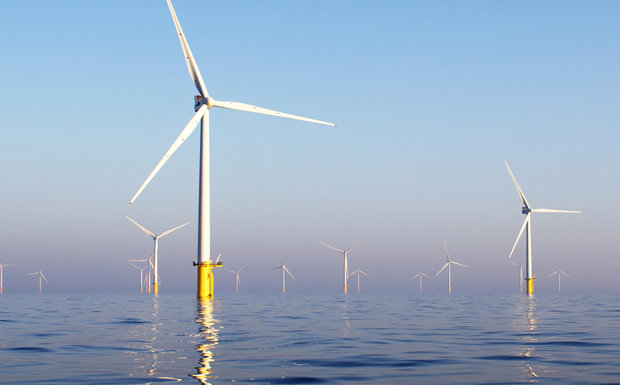 Optimal system integration of offshore wind energy is essential to reach net-zero emissions at the lowest cost to society. This requires system planning at sea basin level, taking into account future supply and demand for both electricity and hydrogen in the adjacent countries, and required interconnections.
Optimal system integration of offshore wind energy is essential to reach net-zero emissions at the lowest cost to society. This requires system planning at sea basin level, taking into account future supply and demand for both electricity and hydrogen in the adjacent countries, and required interconnections. -
The system role of renewable gases
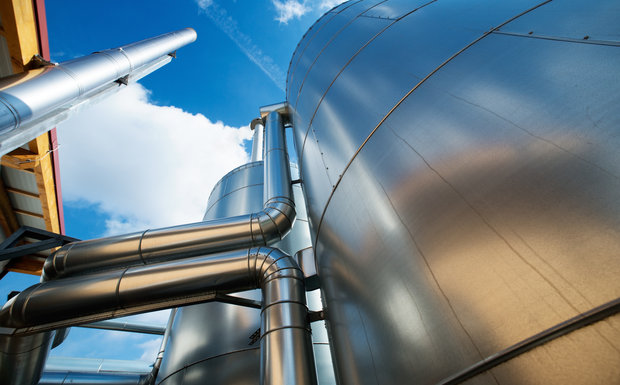 Renewable hydrogen and biomethane, transported and stored in gas infrastructure, will be indispensable in the future energy system. Clarity is needed on the system role of renewable gases in energy transition pathways, followed by developing strategies, policies, and implementation.
Renewable hydrogen and biomethane, transported and stored in gas infrastructure, will be indispensable in the future energy system. Clarity is needed on the system role of renewable gases in energy transition pathways, followed by developing strategies, policies, and implementation. -
Energy in the built environment
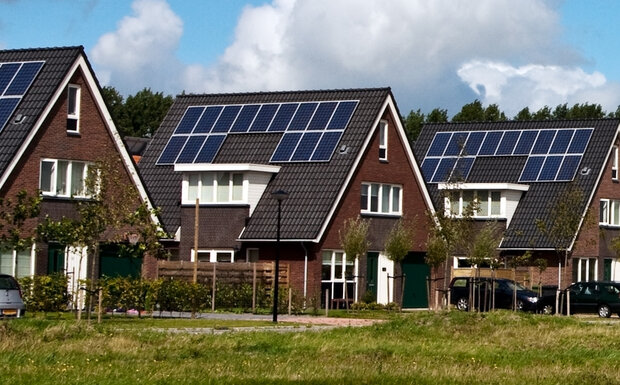 Achieving net zero emissions in the built environment is one of the most challenging parts of the energy transition. Many stakeholders are involved, building stocks are diverse and abatement costs high. Energy system aspects need to be taken into account to arrive at practical and affordable solutions.
Achieving net zero emissions in the built environment is one of the most challenging parts of the energy transition. Many stakeholders are involved, building stocks are diverse and abatement costs high. Energy system aspects need to be taken into account to arrive at practical and affordable solutions.



